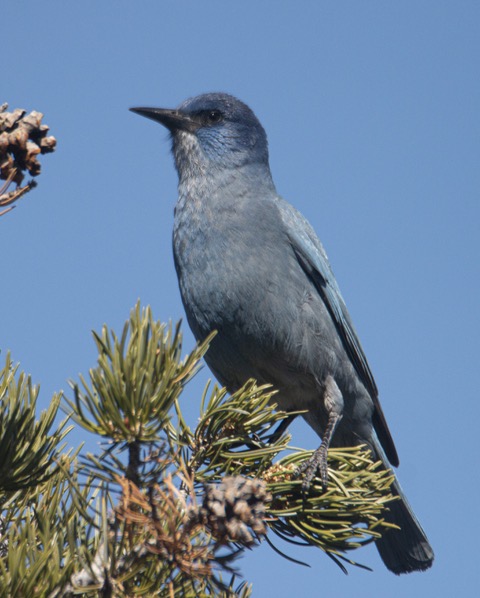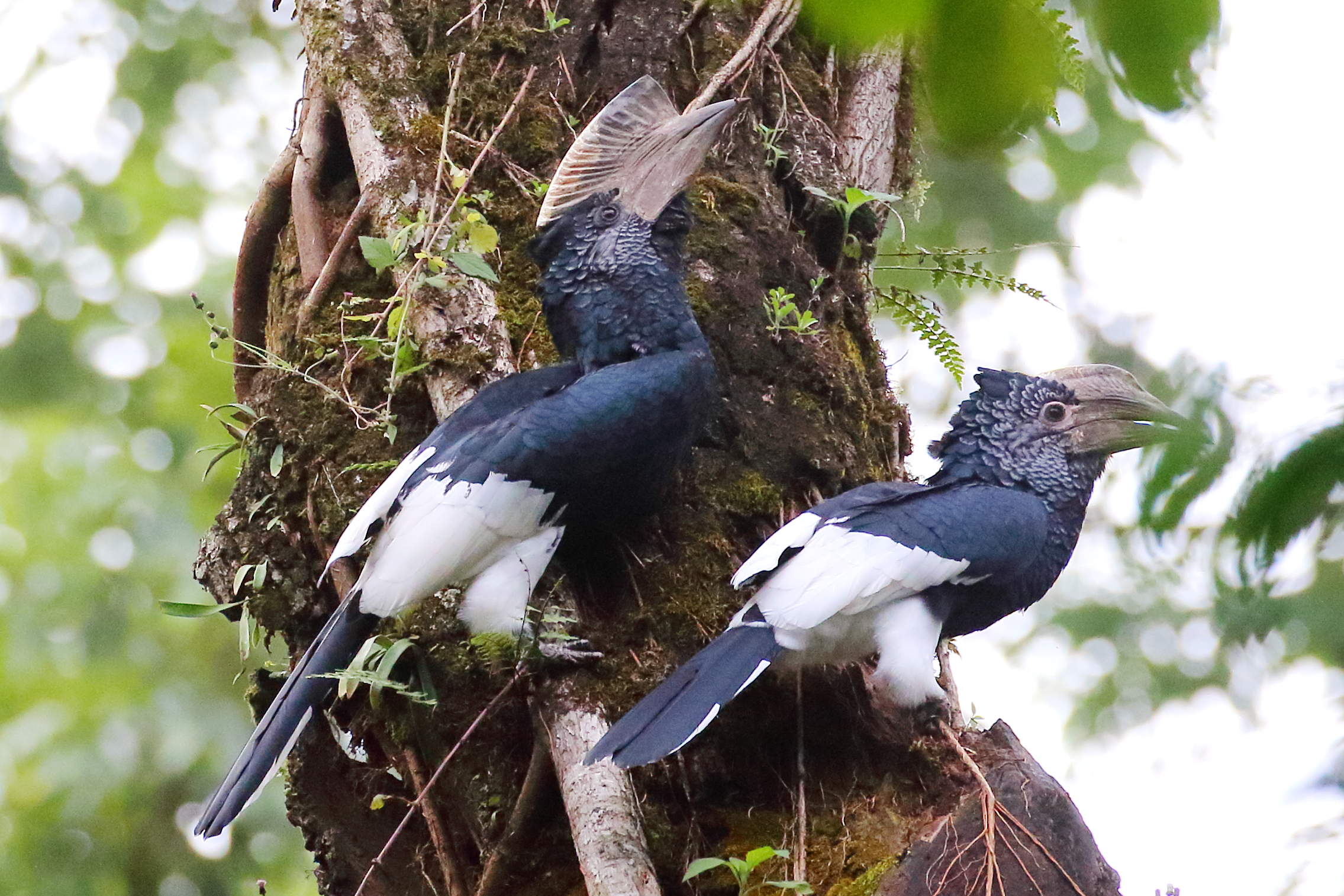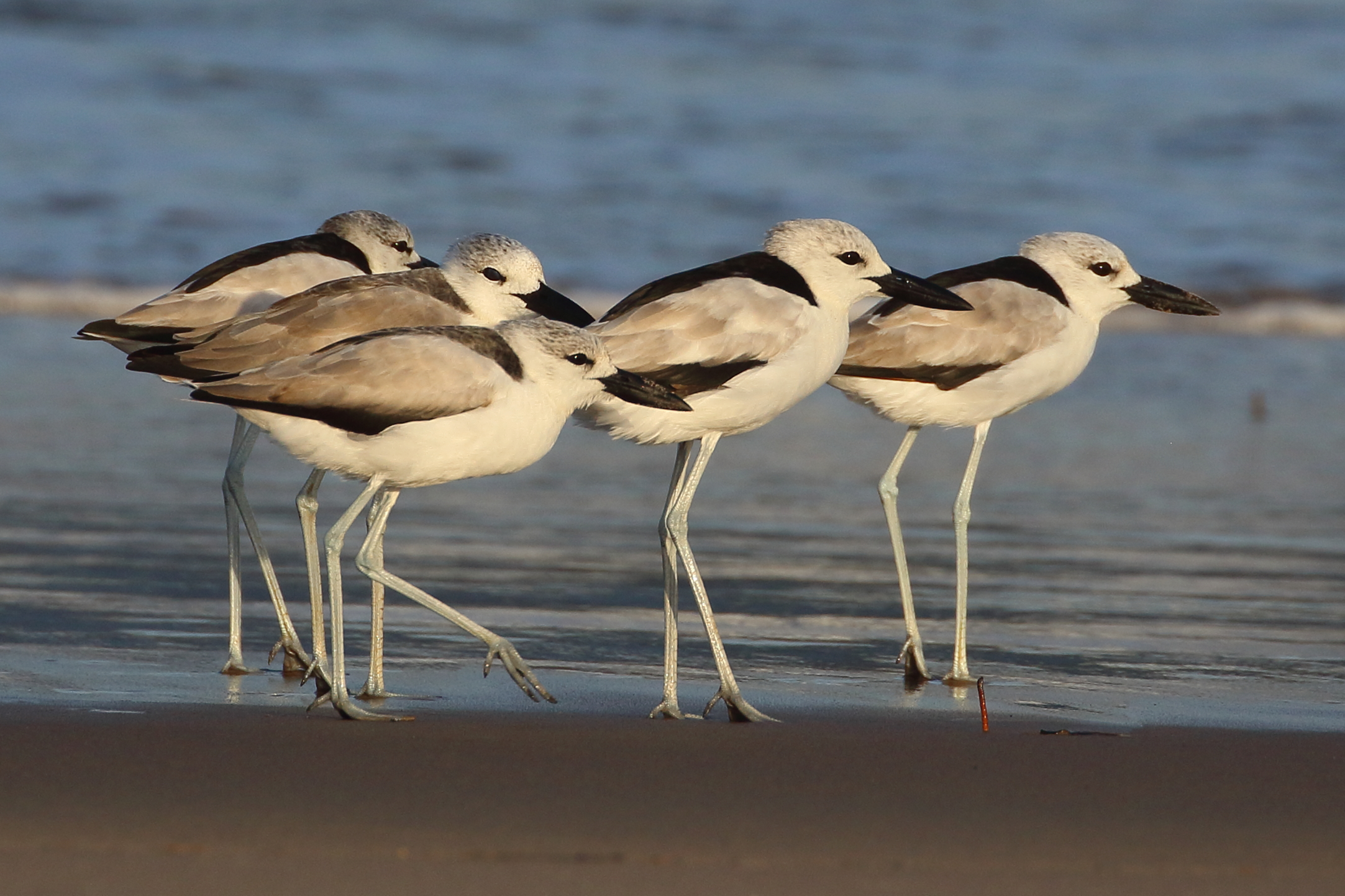12/11/25--"Pinyon Jay Research and Conservation in CO"
Upcoming Programs
Except where noted, all meetings will begin at 7:00 p.m. at the Montrose Field House Summit Room at the corner of Rio Grande Avenue and Colorado Avenue (South 9th St.). All are welcome and there is no charge, though donations are gratefully appreciated. For additional information or to let us know that you would like to do a presentation, please contact Caroline Evans via the BCAS email.
December Program
Thursday, December 11, at 7 pm. Montrose Field House Summit Room
"Pinyon Jay Research and Conservation in Colorado"
Amy Seglund, Colorado Parks and Wildlife (CPW)
Pinyon jay (Gymnorhinus cyanocephalus) populations are in steep decline. The species is currently under review by the USFWS to determine if it should be listed  as threatened under the Endangered Species Act. The reasons for population declines are unclear, but could be associated with degraded pinyon-juniper woodlands caused by extensive beetle kill, drought, and mismanagement. Pinyon jays breed collectively as a group in loose colony sites that are used over multiple years, making these sites important to identify and conserve to boost population numbers. Because very little was known about breeding colonies in Colorado, CPW began a project in 2019 to locate and investigate breeding colony use across the state and develop surveys for monitoring jays. Since 2019, we have located 130 colonies and have learned much about pinyon jay behavior, habitat use, and threats to breeding birds. This information has been shared widely with land managers and members of the pinyon jay working group to help improve the status of the pinyon jay by implementing strategic conservation actions. Click here to read a recent article about pinyon jays that features our speaker.
as threatened under the Endangered Species Act. The reasons for population declines are unclear, but could be associated with degraded pinyon-juniper woodlands caused by extensive beetle kill, drought, and mismanagement. Pinyon jays breed collectively as a group in loose colony sites that are used over multiple years, making these sites important to identify and conserve to boost population numbers. Because very little was known about breeding colonies in Colorado, CPW began a project in 2019 to locate and investigate breeding colony use across the state and develop surveys for monitoring jays. Since 2019, we have located 130 colonies and have learned much about pinyon jay behavior, habitat use, and threats to breeding birds. This information has been shared widely with land managers and members of the pinyon jay working group to help improve the status of the pinyon jay by implementing strategic conservation actions. Click here to read a recent article about pinyon jays that features our speaker.
Amy Seglund holds a graduate degree in Wildlife Biology from Cal Poly Humboldt where she studied the Pacific fisher. After graduating, she spent two years in the Peace Corps stationed in Guatemala, where she inventoried and researched migrant and resident song bird populations and the impacts of agricultural development on avian species composition. Amy has worked for Colorado Parks and Wildlife for the last 18 years as a Species Conservation Program Manager. Her work has focused on many species including the American pika, Gunnison’s and white-tailed prairie dogs, southern white-tailed ptarmigan, kit fox, brown-capped rosy-finches, and--most recently--pinyon jays.
Photo by Nick Lormand
January Program
Thursday, January 8, 2026, at 7 pm. Montrose Field House Summit Room
"Birding the Kenya Highlands"
Speaker: Don Marsh
 After retiring from a career in Information Technology, Don Marsh moved to Ridgway in 2019. He is a BCAS board member and field trip leader. In September of 2024, he fulfilled a life-long dream to visit Africa and see its wildlife.
After retiring from a career in Information Technology, Don Marsh moved to Ridgway in 2019. He is a BCAS board member and field trip leader. In September of 2024, he fulfilled a life-long dream to visit Africa and see its wildlife.
The January 8 program “Birding the Kenyan Highlands” will cover the 12-day bird and wildlife main tour that explored the areas north and west of Nairobi. Sites visited included the Mount Kenya area, Buffalo Springs National Reserve, Lake Nakuru National Park, Lake Baringo, the Kakamega Forest, Lake Victoria and points in between. Covering a wide variety of habitats, this main tour resulted in sighting over 380+ species of birds, plus dozens of mammal and reptile species.
February Program
Thursday, February 12, 2026, at 7 pm. Montrose Field House Summit Room
"Birding the Kenyan Coast and Nairobi National Park"
Speaker: Don Marsh
 After retiring from a career in Information Technology, Don Marsh moved to Ridgway in 2019. He is a BCAS board member and field trip leader. In September of 2024, he fulfilled a life-long dream to visit Africa and see its wildlife.
After retiring from a career in Information Technology, Don Marsh moved to Ridgway in 2019. He is a BCAS board member and field trip leader. In September of 2024, he fulfilled a life-long dream to visit Africa and see its wildlife.
The February 12 program “Birding the Kenyan Coast & Nairobi National Park” continues Don’s tour of Kenya, this time covering a five-day coastal extension of the main tour. Heading south and east of Nairobi, this program will cover the vast Tsavo East National Park, the Arabuko-Sokoke Forest Reserve (a remnant of the once vast coastal forest stretching from southern Somalia to northern Mozambique), and various hotspots near Malindi on the Indian Ocean, including Mida Creek and the Sabaki River Estuary. On his last day in Kenya, Don spent the day exploring the airport-convenient and wildlife-rich Nairobi National Park, home to white and black rhinos and a great variety of birdlife.
